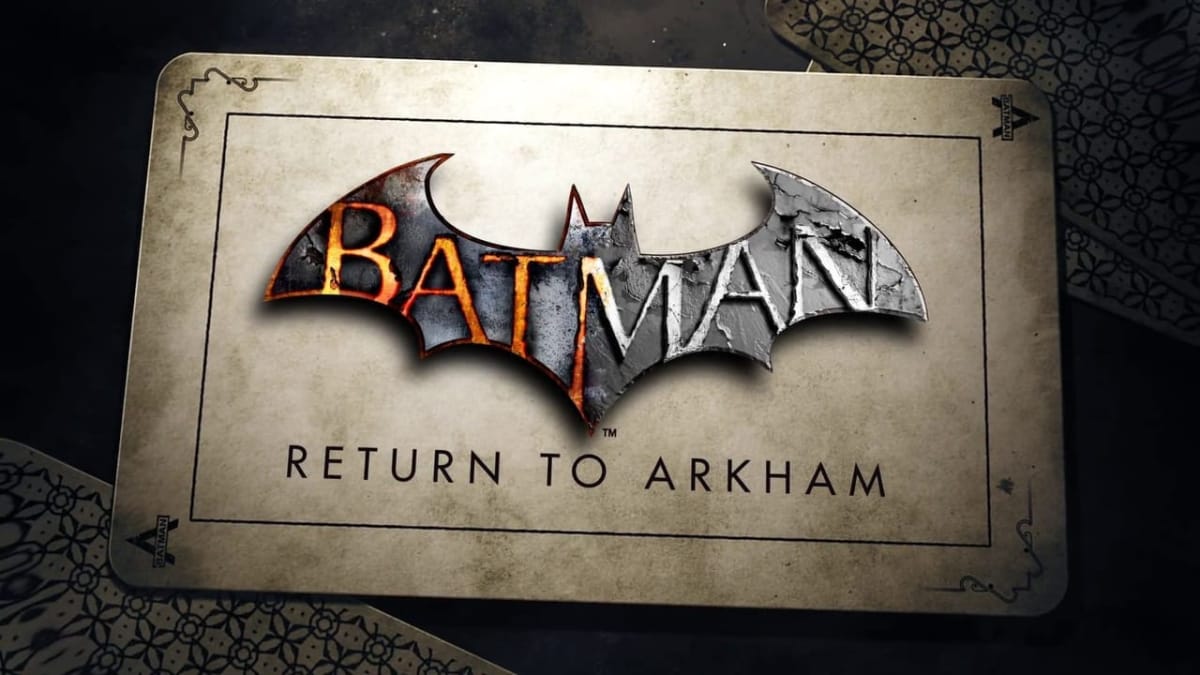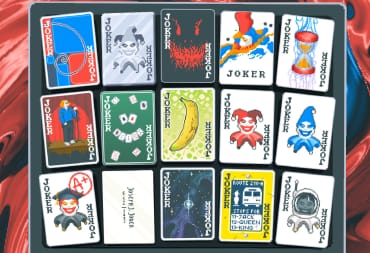There have been many Batman games throughout gaming history, from arcade cabinets to handhelds, PC to consoles. WB never seems to turn down the opportunity to cash in one of their most popular characters for a shitty video game. Yet, all that changed when Rocksteady Studios got involved with a new Batman video game project called Batman: Arkham Asylum.

As a young child in the 90s Batman was everywhere. From Batman: The Animated Series to the franchise of over the top action movies and a plethora of merchandise, I didn’t know a kid on the playground that didn’t think Batman was cool. I was among the most enamored. However, looking back at those movies and games I loved as a kid, not even nostalgia can save them. They’re just bad. Even the action figures are a bit disappointing—so few moving parts. As an adult I found myself having to defend Batman to my peers, especially after Disney bought Marvel and turned it into a juggernaut of mainstream media and merchandising overkill.
Well, 90s Batman wasn’t all bad. The Animated Series, for example, is still a shining example of Western animation done right. It even gave birth to one of DC’s most beloved villains, Harley Quinn. So when Paul Dini, a lead writer on Batman: The Animated Series, co-creator of the character Harley Quinn and long time DC comic book writer, signed on to write for Rocksteady and Eidos’ all new Batman video game, we should have known it was going to be better than most.
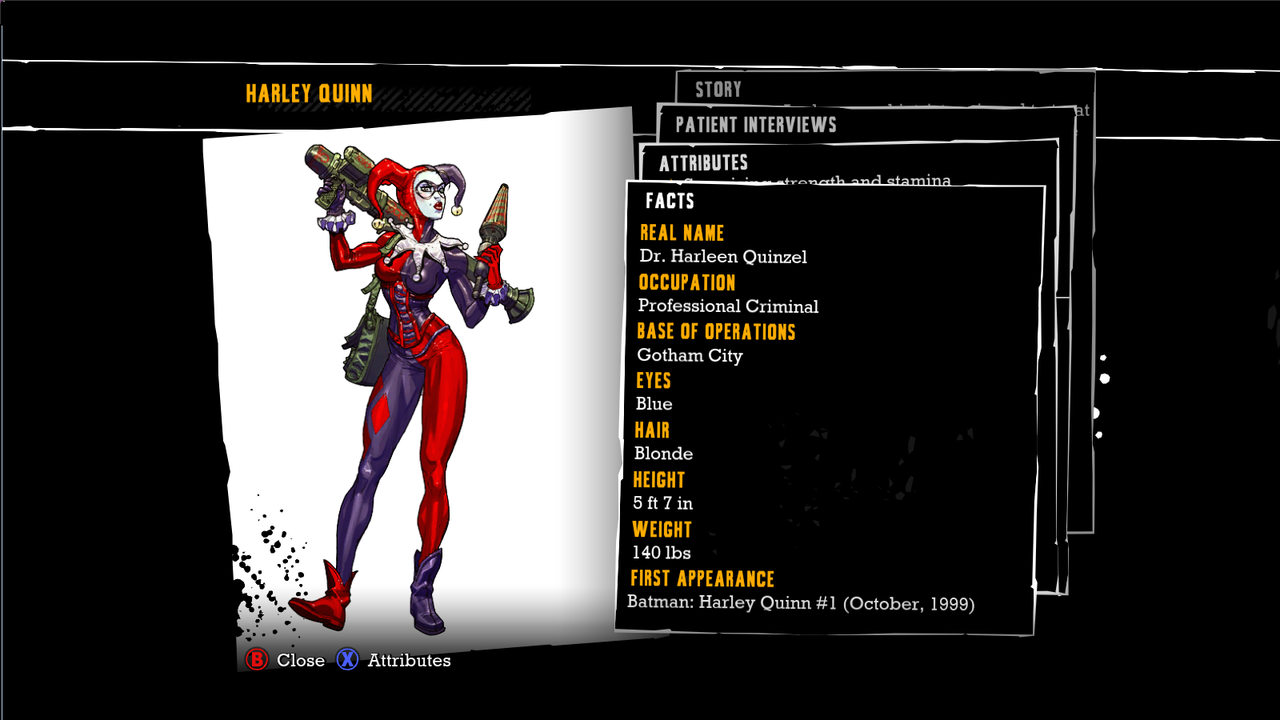
Throughout the 90s most of the Batman video games were tie-ins to movies or television series. While they got average reviews, the stories were lackluster, dialogue insipid, controls poor, or level design uninteresting. By the time Arkham Asylum was released in 2009, it had been going on four years since a Batman video game was published (not including Lego Batman) and longer since an original title, not based on any movies or cartoons, had dared show its face on any gaming platform.
The space of a few years to forget the mediocrity of 2005’s Batman Begins video game coupled with the success of Christopher Nolan’s grim-dark re-imagining of the Dark Knight on film allowed gamers to open their hearts to the possibility of another Batman game actually being worth their money. The goodwill of the consumer made people willing to give the newest Batman game a try, but what we got was a franchise—though not without its faults—that would change not just the history of Batman video games but the gaming industry as a whole.
Things that made Arkham Asylum great were the visual design, the writing that felt right out of a Dark Knight comic, the excellent voice acting contributed to by talent from the beloved animated series, and the eerie ambiance that the music and all of the above combined to create. Aside from the artsy fartsy stuff though, the game also had some really great mechanics and gameplay.
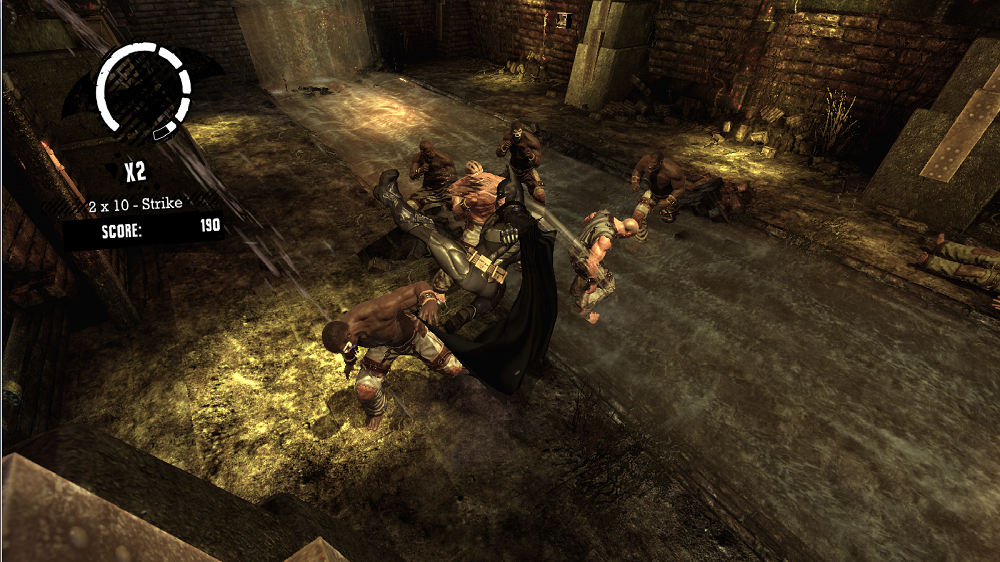
Arkham Asylum didn’t really invent anything new when it comes to mechanics, but it did combine them in a way that was intuitive to the player and felt true to the character of Batman and the story the game was telling. Early Batman games were critiqued for their reliance on puzzle solving or for copying other games and pasting Batman onto them. But in the Arkham games, stealth, combo style fighting, and puzzle solving are all seamlessly woven together.
Sometimes it makes sense for Batman to sneak around enemies, other times he can just drop down in the middle of a gang and bust some heads. Many times it’s the use of a high tech gadget that was the right tool for the job, and in true Batman form, players had to plan out their actions instead of just mindlessly running through a level doing what the game had trained you to do.
Another triumph of the game was how players still had autonomy in how they approached challenges. There are often things the game wants players to do—a certain tool they have to use or a certain path they have to take—but often times players can choose whether they want to reach an objective by being stealthy, using force, or creatively using gadgets. I’m usually not a fan of stealth games; I spend my days being patient with patrons or students, and when it’s video game time I just want to throw caution to the wind. Yet, in these games I didn’t mind sneaking around and planning out my attacks.
Maybe that’s because that’s what Batman would do. And when I was playing these games I was Batman; I felt like him. I was really role-playing that detective/Dark Knight experience. Or maybe it’s because I only had to be as stealthy as I needed to. I had to sneakily get the drop on a sniper or some armed guards, but as soon as they were out of the way, I was free to run around throwing batarangs willy-nilly and take on eight thugs at once. This made the game not just a good Batman simulator but a fun experience that empowered the player to make their own decisions and feel just as powerful and in control as we always imagined being Batman might be.
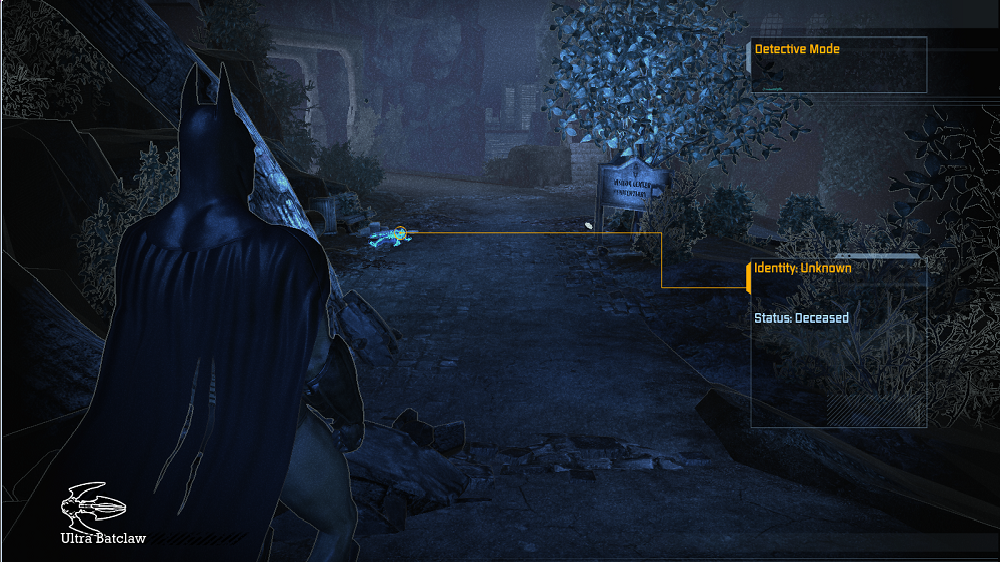
The success of Batman: Arkham Asylum gave rise to more than just a series of sequels. Luckily, instead of emboldening companies to make a slew of licensed super hero characters into half baked video games after seeing the profits of the Arkham games, it instead influenced future game design positively. The “detective mode” and combo based combat system worked so well for Arkham that WB decided to use it for Middle-earth: Shadow of Mordor. Of course, they altered a few things to make sense for the characters and world of Middle Earth and sprinkled in some new ideas that make it its own game. So with the use of proven mechanics and a game built around its characters and the story it was telling, it’s no surprise that Shadow of Mordor was also well-received.
The unique combination of elements used to design a game around its characters and story in Arkham Asylum is what made it such a great game. That success led to its mechanics being copied in a lot of other titles. While the free-flow fighting and detective mode vision make for some fun gameplay, without the character driven design many of those games influenced by Arkham just aren't as good.
It’s not uncommon nowadays to hear someone describe a game as using “Arkham style combat,” (Sleeping Dogs, The Amazing Spider-Man) and detective mode (The Witcher 3, Dishonored, The Last of Us, Tomb Raider) is a mechanic that has become second nature to many players. Not only did Rocksteady’s Arkham series make Batman games cool again, it revitalized the use of licensed characters in video games for the industry. When the fun mechanics from the Arkham games are used to fully realize a licensed character, it can make for something truly great.
For instance, Batman is stealthy, a great detective, and an expert in hand to hand combat. The Arkham games were designed to let players be all those things instead of locking gameplay down to one. Shadow of Mordor took a licensed intellectual property and re-imagined it into a game where the mechanics and story work hand in hand, transitioning between action packed combat to the magically enhanced abilities of an Elven wraith to create an enjoyable and memorable experience. We have Rocksteady's Arkham games to thank for that.

Not every game based off of a licensed character in the wake of Rocksteady's success was able to capture Batman's magic though. The Amazing Spider-Man used the free-flowing fighting style that Arkham had popularized. However, lacking more vision than the movie tie-in merchandise it was commissioned to be, it failed to do for Spider-Man what Arkham did for Batman.
When it comes to taking licensed characters and turning them into video games—whether it was a comic book hero like Superman or a popular book series like A Song of Ice and Fire—the result has almost always been underwhelming. In the post Arkham gaming world those sort of games aren't perfect, but they've gotten a lot better. The Witcher 3 is arguably the best in the series, partly thanks to Arkham's influence on its gameplay. Deadpool may not have been the best video game, but it certainly had the humor of a Deadpool comic that made you feel like a wise cracking mercenary. The Amazing Spider-Man will never live up to Batman: Arkham City, but it did a decent job of capturing that web-slinging action that is so unique to that character.
Rocksteady might not deserve credit for all these games and their improvements, yet the Arkham series did set a precedent in many of the titles that followed their release. Whether its the prevalence of detective mode and free-flow, combo-based fighting or games that endeavored to really capture the feeling of their characters, those Batman games certainly left their mark on the game industry. Many developers tried these concepts in the past, some even succeeded, but Batman made them the norm and perhaps, most importantly, started a shift in turning heartless merchandise based on popular characters into some at least halfway decent experiences.
With the release of Batman: Return to Arkham, which will include both Arkham Asylum and Arkham City rebuilt for the current generation of consoles, new players will be able to experience these games without bemoaning some of their more dated technical aspects. If you haven’t played the Arkham series, you’re missing out on a milestone in gaming history that not only elevated the Batman franchise of video games from cash grabbing movie tie-ins to well-designed video games in their own right but has influenced the games that came after it. They are an excellent example of letting characters and story inform the design decisions in a game, and it has had an unforgettable impact on the video game industry as a whole. To me, Batman will always be cool, but thanks to Rocksteady’s Arkham series anyone can experience just how awesome and fun the character and his stories are.
Have a tip, or want to point out something we missed? Leave a Comment or e-mail us at tips@techraptor.net
